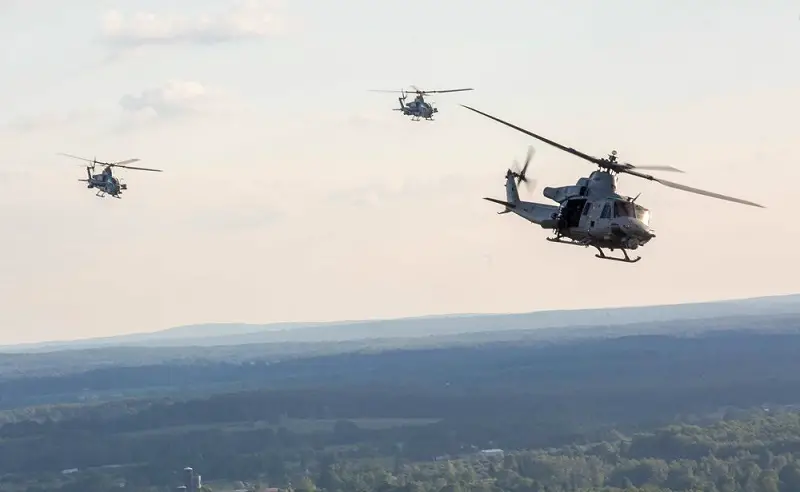The current Bell H-1 fleet of AH-1Z Vipers and UH-1Y Venoms reached a major flight milestone by surpassing the 500,000-flight hour mark. Nearly 400 AH-1Z and UH-1Y helicopters, built by Bell Textron Inc., a Textron Inc company and operated by the U.S. Marine Corps and their allies, combined to achieve the milestone. The H-1 Viper and Venom provide tremendous versatility to the fleet. Both variants demonstrated integration with advanced weapons and datalink capabilities.
“The H-1 continues to be the premier example of a family of aircraft that can do more with less and deliver unmatched interoperability and expeditionary agility. We are thrilled to reach this tremendous milestone and excited for the future of both the Viper and the Venom as they continue to grow in number and capability around the world. This milestone highlights the crucial missions our customers have accomplished with the H-1 during this time. Congratulations to the U.S. Marine Corps and their allies on this tremendous milestone. Bell is proud to be your partner on this platform,” said Mike Deslatte, Bell H-1 vice president and program director.

“We are proud that the first 500,000 flight hours of the UH-1Y and AH-1Z included constant deployments to austere deserts, numerous types of naval vessels, and frigid cold environments in support of U.S. and allied service members on the ground and at sea. With the Viper and Venom sharing 85 percent commonality of parts, a major advantage of this program is that a single readiness improvement or capability upgrade can often support both aircraft,” said Nate Green, Bell H-1 program manager.
Bell supports the future of H-1s through its work on the Marine Corps Structural Improvement Electrical Power Upgrade (SIEPU) program. Structural and electrical modifications optimize the aircraft to improve mission capabilities, aircrew safety, and interoperability. Bell is currently working to increase the electrical power capacity on the platform, which will allow the airframe to support the integration of additional capabilities for years to come. Bell provides diverse and comprehensive services to H-1 squadrons, including parts, maintenance, training, on-site field representatives, and data analytics, supporting worldwide operations.













